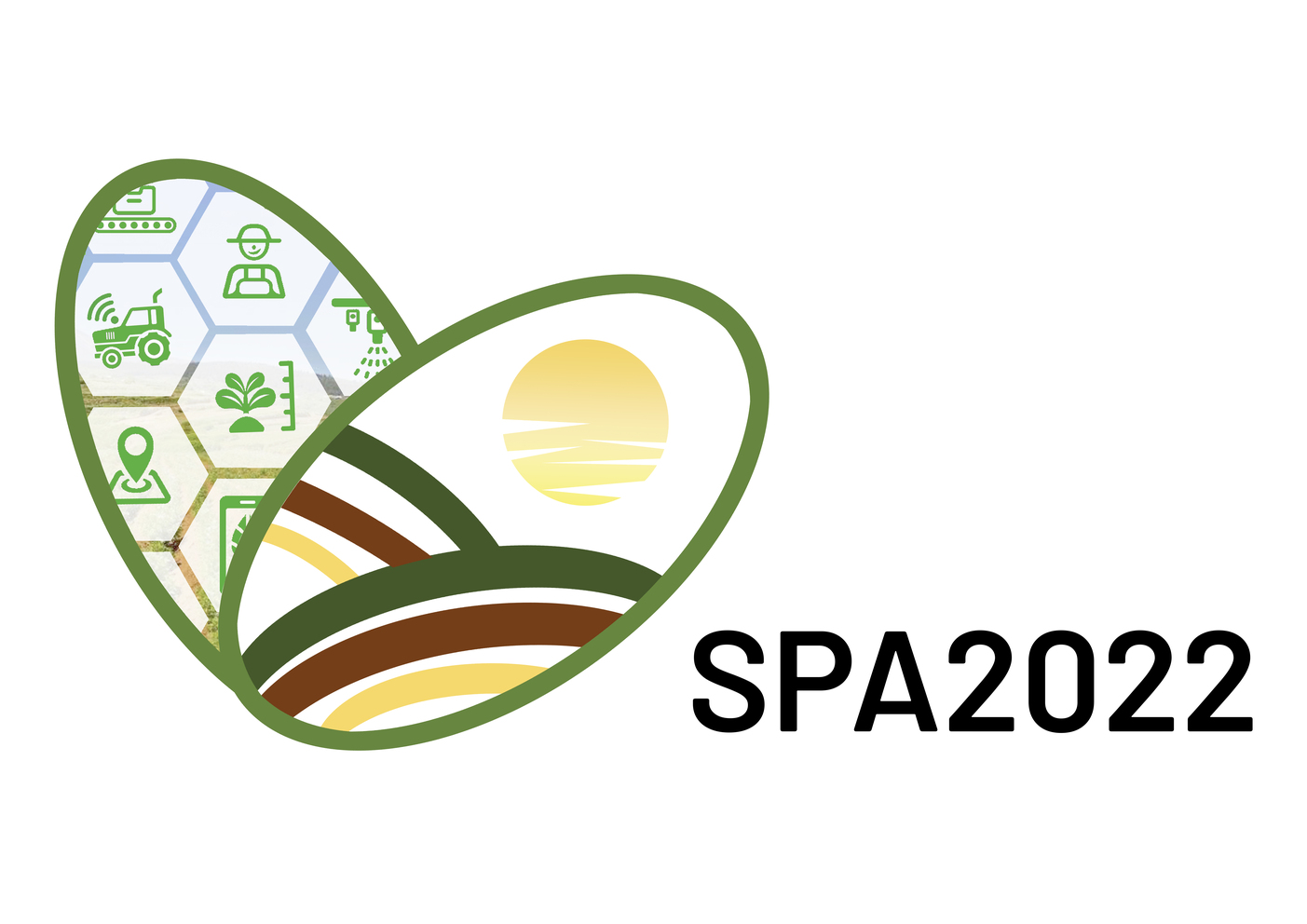Biotechnological approaches to increase drought tolerance based on abscisic acid receptors

Fresh water availability is compromised by the effect of global warming and climate change. As agriculture represents about 70% of total freshwater consumption, enhanced water use efficiency of crops is required to optimize yield. Major water loss occurs through transpiration, which is regulated by the phytohormone ABA. The interaction of ABA with the family of pyrabactin resistance 1 (PYR1)/PYR1-like (PYL)/regulatory components of ABA receptors (RCAR) ABA receptors activates the signaling pathway that controls stomatal closure and is also required for root hydrotropism. Thus, strategies to activate PYR/PYL/RCARs and enhance ABA signaling are promising biotechnological tools to regulate transpiration and foster water foraging by roots. Through structure-based targeted design, we have combined chemical and genetic approaches to generate a new sulfonamide-based ABA agonist molecule (iSB09) and engineer a PYL1 ABA receptor, named PYL15m, which efficiently binds iSB09. Spraying of iSB09 over Arabidopsis plants overexpressing PYL15m leads to activation of ABA signaling and marked drought tolerance, including a strong antitranspirant effect. Additionally, genome-wide transcriptional analysis reveals a powerful induction of ABA response in PYL15m plants by iSB09. No constitutive activation of ABA signaling and growth penalty was found in transformed plants, given that PYL15m displays lower ABA affinity than its wild-type version. Therefore, conditional and efficient activation of ABA signaling was achieved through a chemical-genetic approach based on iterative cycles for ligand and receptor optimization driven by the structure of ternary receptor-ligand-phosphatase complexes.
